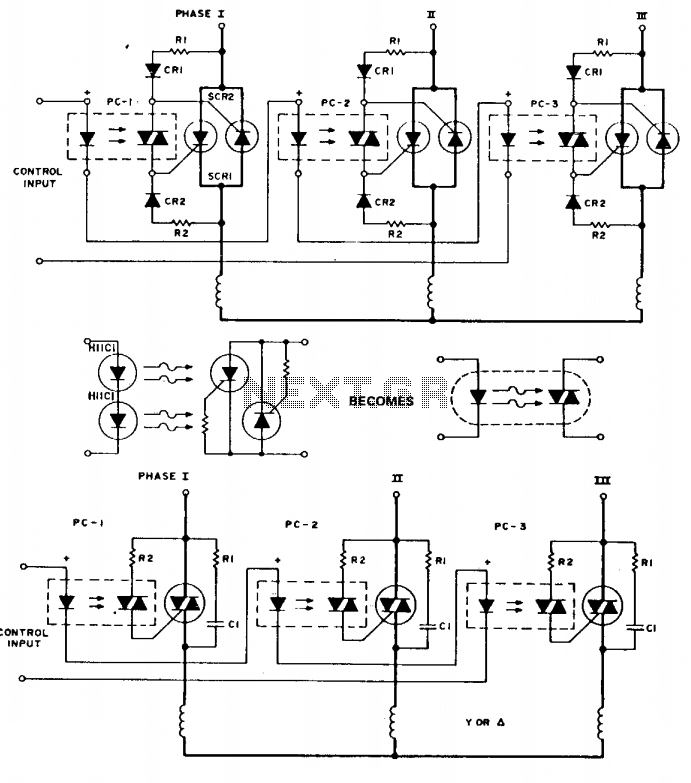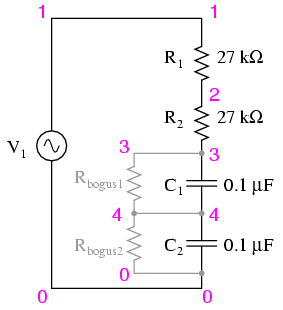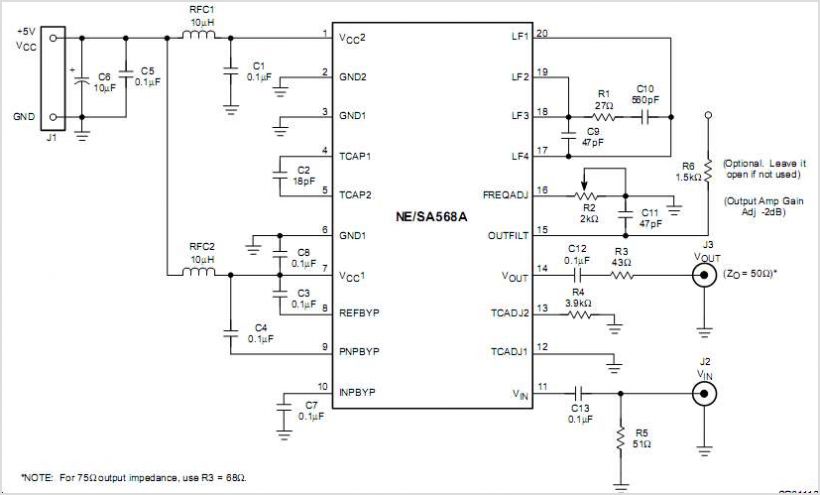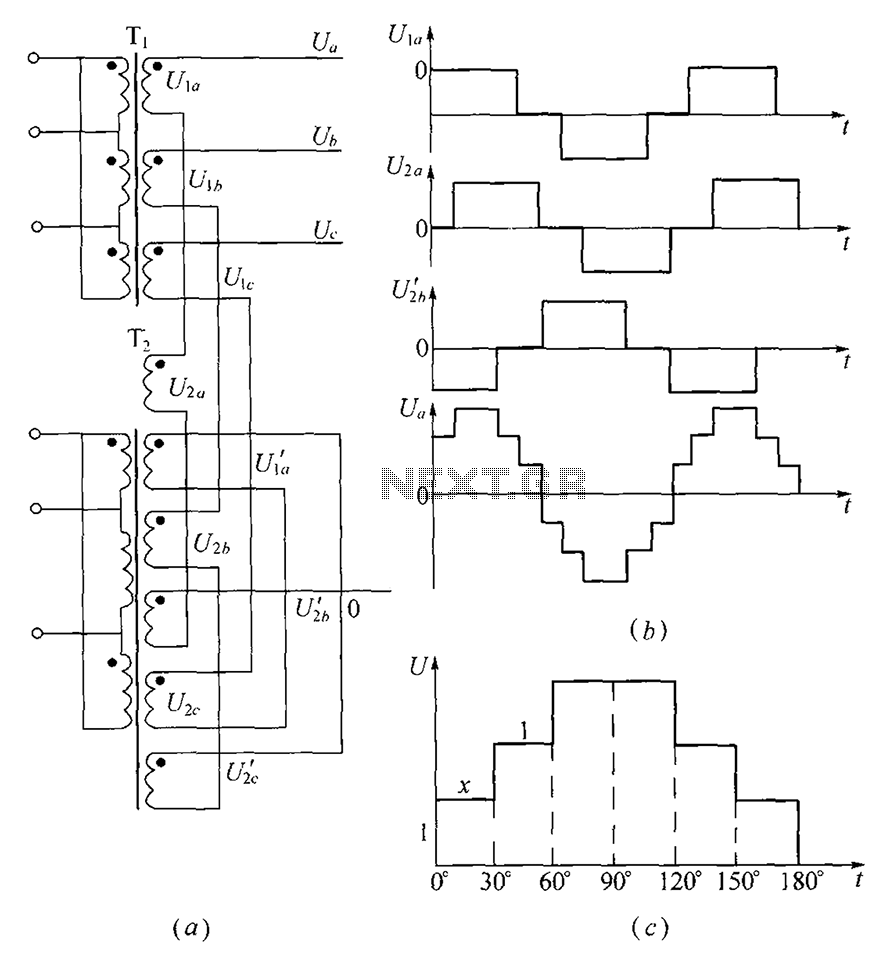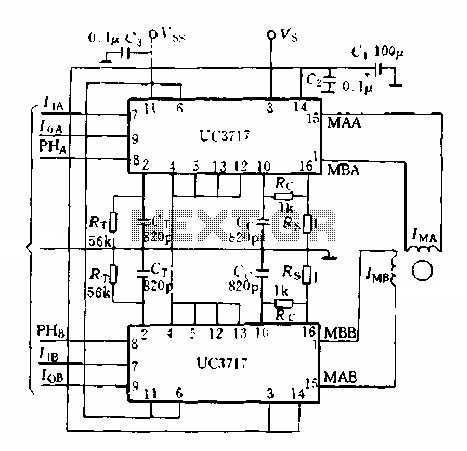
0 to 360 phase shifter
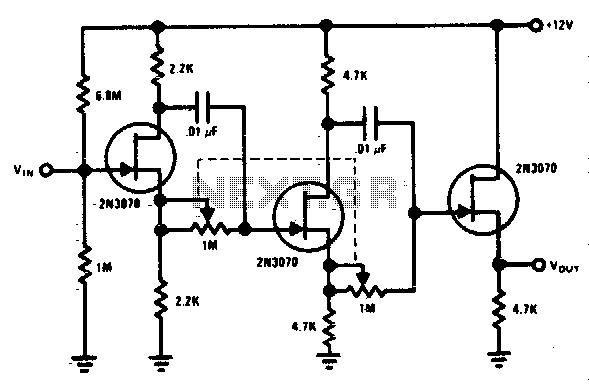
Each stage provides a phase shift ranging from 0° to 180°. By combining two stages, a total phase shift of 0° to 360° can be achieved. This circuit is powered by AC and DC supplies, specifically designed as a 0° to 360° phase shifter (model L12884). The 2N3070 JFETs are utilized in this design and do not load the phase shift networks.
The described phase shifter circuit operates by utilizing two stages of phase shift, where each stage is capable of providing a shift of 0° to 180°. The stages are interconnected, allowing for the cumulative effect of the phase shifts to reach a full 360°. This feature is particularly useful in applications requiring precise phase control, such as in signal processing, modulation, and synchronization tasks.
The circuit is powered by both AC and DC supplies, which enhances its versatility and allows it to be integrated into various electronic systems. The model designation L12884 indicates its specific design and functionality, making it easier for engineers to reference and implement in their projects.
The 2N3070 JFETs serve a critical role in this circuit by maintaining the integrity of the phase shift networks. Their high input impedance ensures that the phase shift networks are not loaded down, which could otherwise distort the phase shift characteristics. This characteristic of the JFETs is essential for achieving accurate and reliable phase shifting across the entire range.
Overall, this phase shifter circuit provides a robust solution for applications requiring adjustable phase control, with the added benefit of not compromising the performance of the phase shift networks through loading effects.Each stage provides 0° to 180° phase shift. By ganging the two stages, 0° to 360° phase shift is achieved This circuit is under:, power supplies, ac dc dc dc, 0° To 360° phase shifter l12884. By ganging the two stages, 0° to 360° phase shift is achieved The 2N3070 JFETs do not load the phase shift networks.
The described phase shifter circuit operates by utilizing two stages of phase shift, where each stage is capable of providing a shift of 0° to 180°. The stages are interconnected, allowing for the cumulative effect of the phase shifts to reach a full 360°. This feature is particularly useful in applications requiring precise phase control, such as in signal processing, modulation, and synchronization tasks.
The circuit is powered by both AC and DC supplies, which enhances its versatility and allows it to be integrated into various electronic systems. The model designation L12884 indicates its specific design and functionality, making it easier for engineers to reference and implement in their projects.
The 2N3070 JFETs serve a critical role in this circuit by maintaining the integrity of the phase shift networks. Their high input impedance ensures that the phase shift networks are not loaded down, which could otherwise distort the phase shift characteristics. This characteristic of the JFETs is essential for achieving accurate and reliable phase shifting across the entire range.
Overall, this phase shifter circuit provides a robust solution for applications requiring adjustable phase control, with the added benefit of not compromising the performance of the phase shift networks through loading effects.Each stage provides 0° to 180° phase shift. By ganging the two stages, 0° to 360° phase shift is achieved This circuit is under:, power supplies, ac dc dc dc, 0° To 360° phase shifter l12884. By ganging the two stages, 0° to 360° phase shift is achieved The 2N3070 JFETs do not load the phase shift networks.
The 2N3070 JFETs do not load the phase shift networks.

